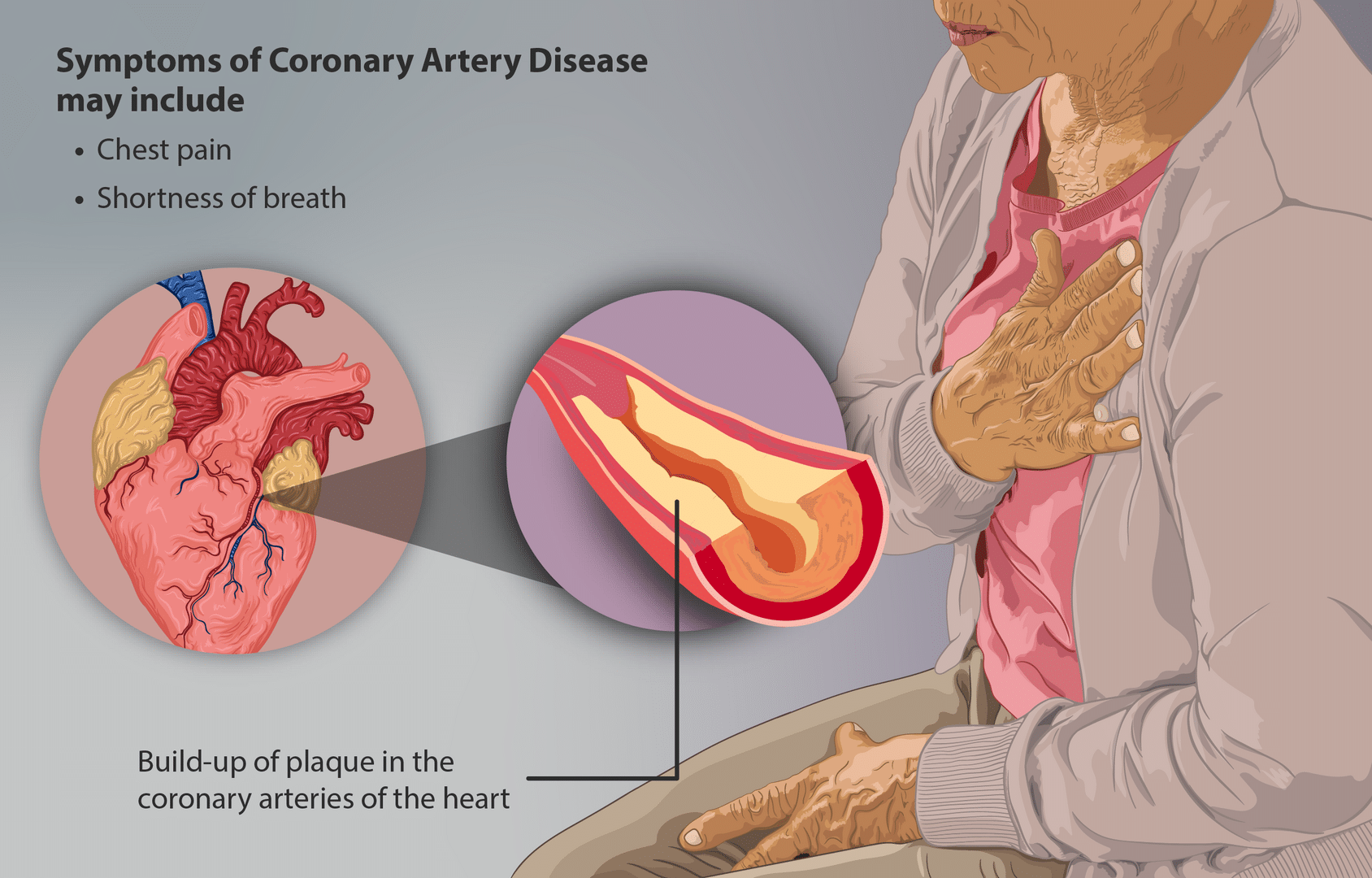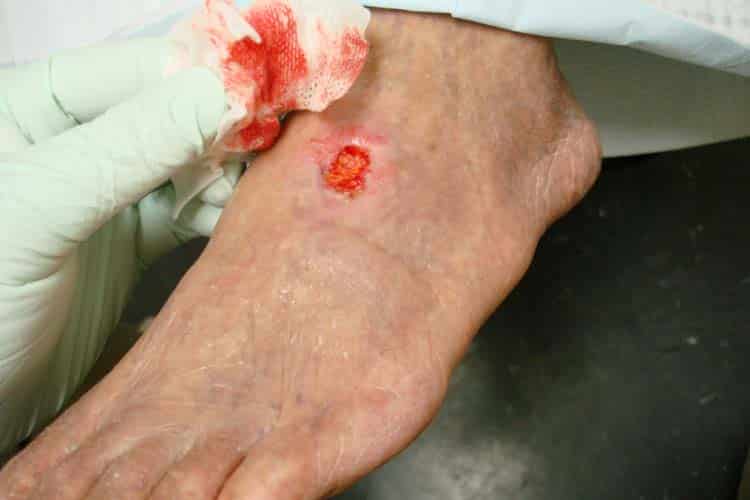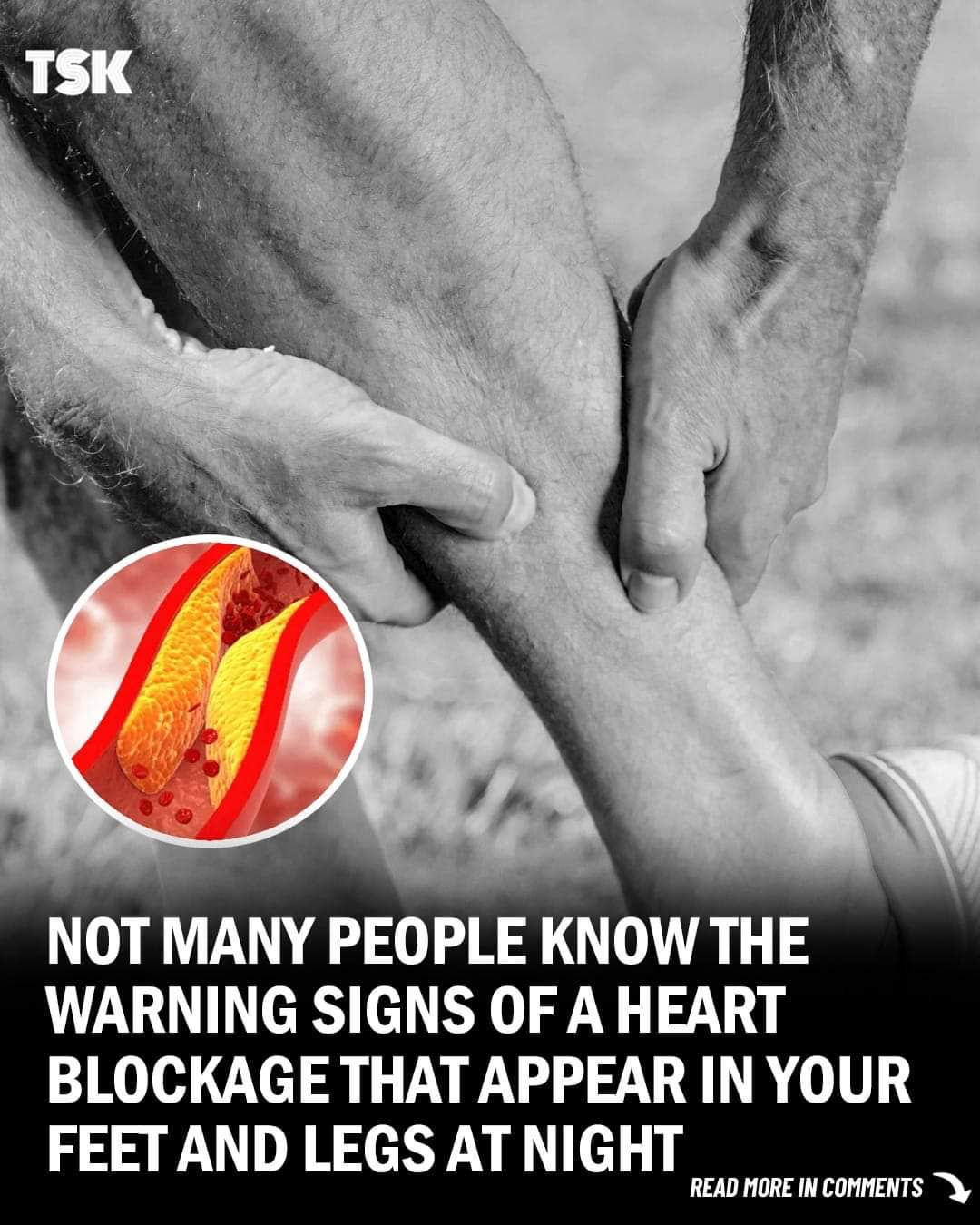Your feet might not be the first place you think of when considering heart health, but they can reveal much about your cardiovascular system. Symptoms like pain, numbness, or swelling in your feet can indicate serious heart problems or clogged arteries. Conditions like Peripheral Artery Disease (PAD) and Coronary Artery Disease (CAD) often manifest in your feet, signaling restricted blood flow due to plaque in the arteries.
Understanding Peripheral Artery Disease (PAD)

Early detection of PAD is crucial to prevent serious complications. Physicians may measure your pulse in your feet or perform an ankle-brachial index (ABI) test, using ultrasound to compare blood pressure in your ankle and arm. A family history of heart disease or PAD, or symptoms like swelling in your feet or ankles, should prompt immediate medical attention.
Poor circulation affects your feet significantly. Reduced blood flow deprives tissues of oxygen and nutrients, causing pain, numbness, tingling, and slower wound healing. Plaque buildup further restricts blood supply, contributing to PAD. Diabetics need to monitor blood sugar levels, as high levels can exacerbate foot pain and numbness.
Preventive Measures for PAD and CAD

Preventing PAD and CAD involves a healthy lifestyle. Regular exercise and a balanced diet low in saturated and trans fats are essential. The U.S. Department of Health and Human Services recommends at least 150 minutes of moderate exercise weekly. Monitor blood sugar levels, avoid smoking, and consult your doctor for medications to manage blood pressure or cholesterol.


